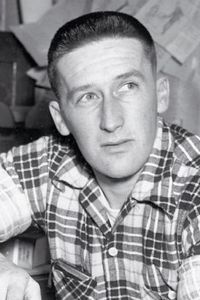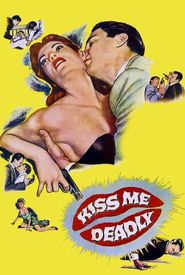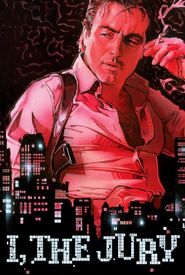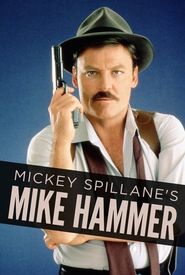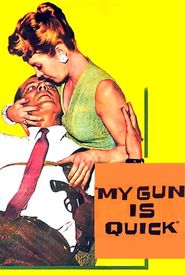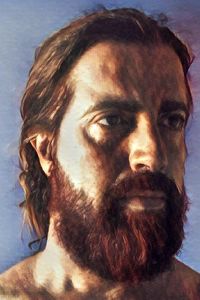Here is the biography of Mickey Spillane:
Mickey Spillane, the king of the pulp novelists in the post-WW II period, sold an estimated 200 million copies globally. Born Frank Morrison Spillane in Brooklyn, New York, his mother bestowed the middle name "Morrison" on him, but his Irish Catholic father, barkeep John Joseph Spillane, allegedly had his son baptized with the middle name "Michael", a traditional name for Irishmen. Spillane chose the moniker "Mickey" because "women liked the name Mickey".
Spillane was brought up in the grimy industrial town of Elizabeth, NJ, in what he described as a "very tough" neighborhood. His mother provided him with balance inside the confines of the home, where he became a voracious reader, devouring all of the works of Alexandre Dumas and Herman Melville by the time he was 11 years old. While still a high school student, he "went professional" at the age of 14, writing for the Elizabeth Daily Journal.
After high school, Spillane went to Kansas State College on a football scholarship before dropping out. He joined the Army Air Corps the day after Pearl Harbor, but never left the US, spending the war years flying fighter planes and teaching air cadets how to fly. He married Mary Ann Pearce, the first of his three wives, in 1945, and the couple had two sons and two daughters.
After leaving the military, Spillane briefly worked in the Barnum and Bailey Circus as a trampoline artist and adept knife-thrower. He then worked for the FBI as an undercover operative to crack a narcotics ring (the subject of the novel "Kiss Me, Deadly", not the atomic bomb plot of the movie). He claimed in interviews that he had been shot twice and had been knifed once.
Spillane's innovation was to inject gory violence into P.I. stories for a generation of 16 million men who had just been through the most violent war in history. His style was perfect for the new post-war fiction market, and he attributed his success to Roscoe Fawcett of Fawcett Gold Medal Books, who envisioned a market for original novels instead of the reprints of classic works that dominated the paperback market during World War II.
Spillane published his first Mike Hammer pulp, the infamous "I, the Jury', in 1947. Written in nine days, the book introduces Hammer as a tough-talking, hard-drinking bruiser. Other Hammer books followed, including "Vengeance in Mine" (1950),"My Gun is Quick" (1950),"The Big Kill" (1951),and "Kiss Me, Deadly" (1952).
Spillane stopped writing for nearly a decade after converting to the Jehovah's Witnesses in 1952. At this point, he didn't need to write, as the royalties from the millions of copies of his books earned him a substantial income. In 1961, he returned to writing with "The Deep", arguably the best of the Mike Hammer novels. With the "Day of the Guns" in 1964, Spillane created a new series featuring secret agent Tiger Mann, a globetrotting spy who was America's answer to James Bond.
Spillane took another hiatus from writing novels between 1973 and 1989, although he did write at two well-reviewed children's books, "The Day the Sea Rolled Back" (1979) and "The Ship That Never Was" (1982). He revived the Hammer franchise with "The Killing Man" in 1989, but Spillane, now in his 70s, was not a big seller. His last novel, "Black Alley" (1996),was published in 1996.
In retirement, Spillane reportedly suffered a stroke. He lived, until his death, in Myrtle Beach, SC, with third wife Jane Rodgers Johnson, whom he married in 1983. He was an active Jehovah's Witness into his 80s, going from house to house to spread his faith and distribute copies of "The Watchtower". He died on July 17, 2006, in Myrtle Beach from cancer. He was 88 years old.
